Home>Home Appliances>Kitchen Appliances>How To Use Excalibur Food Dehydrator
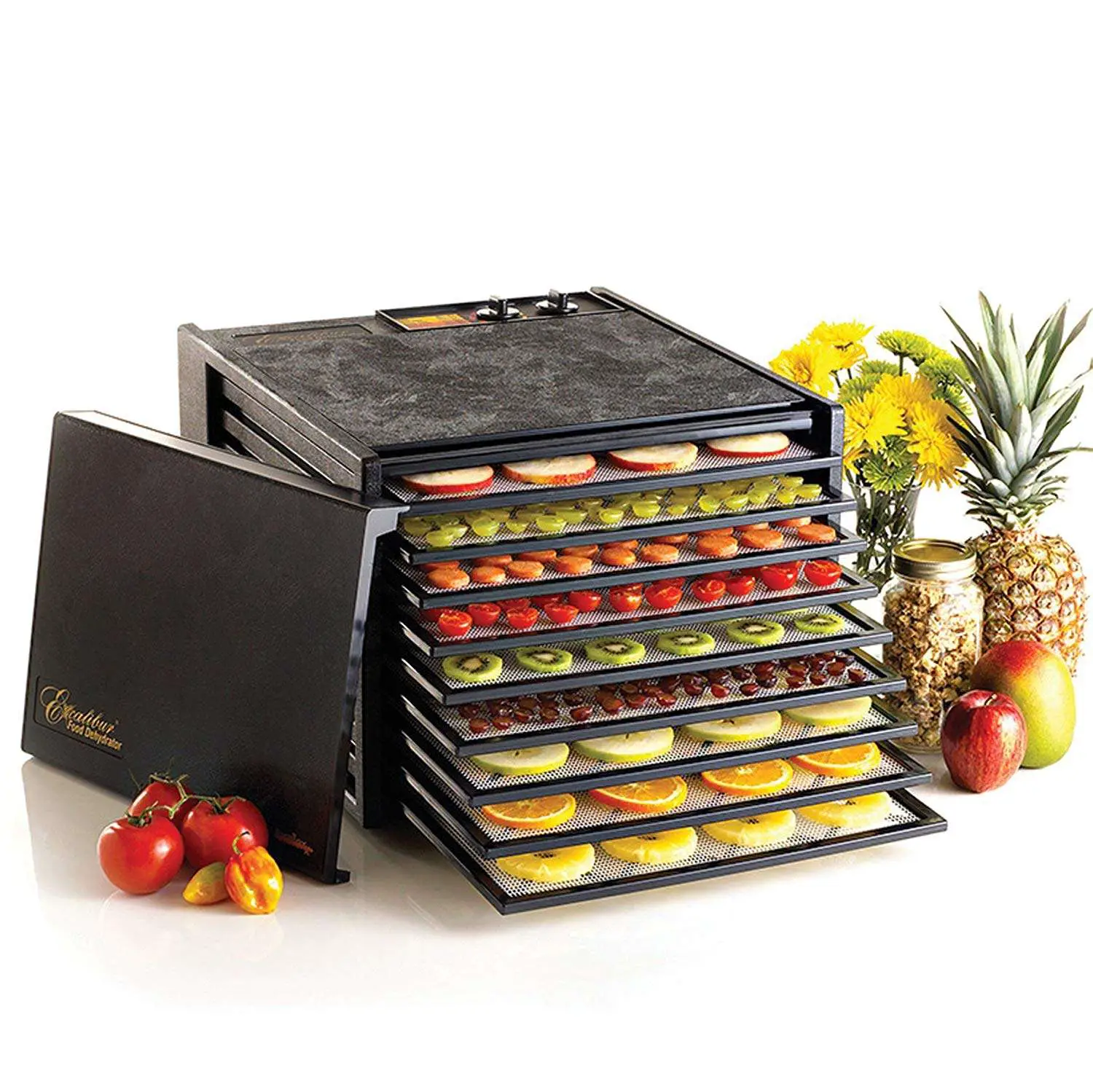

Kitchen Appliances
How To Use Excalibur Food Dehydrator
Modified: January 14, 2024
Learn how to use the Excalibur Food Dehydrator to create delicious and healthy snacks at home. Discover tips and techniques for preserving fruits, vegetables, and meats with this versatile kitchen appliance. Unlock the full potential of your dehydrator today!
(Many of the links in this article redirect to a specific reviewed product. Your purchase of these products through affiliate links helps to generate commission for Storables.com, at no extra cost. Learn more)
Introduction
Welcome to the world of food dehydration, where the Excalibur Food Dehydrator stands as a beacon of culinary innovation. Whether you are a seasoned home chef or a health-conscious individual looking to create delicious and nutritious snacks, this versatile kitchen appliance is a game-changer. In this comprehensive guide, we will delve into the art of using the Excalibur Food Dehydrator to transform fresh produce and meats into delectable, shelf-stable treats.
The Excalibur Food Dehydrator is a powerhouse of a machine, designed to gently and evenly remove moisture from a wide array of foods. This process not only intensifies the flavors of the ingredients but also preserves their nutritional value, making it an ideal choice for health-conscious individuals. With its spacious trays and adjustable temperature settings, this dehydrator offers the flexibility to dry different types of foods with precision and ease.
Throughout this guide, we will explore the ins and outs of this remarkable appliance, from understanding its features and operation to preparing, dehydrating, and storing various foods. Additionally, we will cover essential maintenance and troubleshooting tips to ensure that your Excalibur Food Dehydrator remains in optimal condition for years to come.
So, whether you're eager to create your own fruit leather, jerky, or crispy kale chips, join us on this culinary journey as we unlock the full potential of the Excalibur Food Dehydrator. Get ready to embark on a flavorful and nutritious adventure that will elevate your snacking and meal-preparation endeavors to new heights.
Key Takeaways:
- Transform fresh produce and meats into delicious, shelf-stable treats with the user-friendly Excalibur Food Dehydrator, offering precise temperature control and efficient airflow for consistent results.
- Properly preparing, operating, and maintaining the Excalibur Food Dehydrator ensures flavorful and nutritious snacks, while troubleshooting tips optimize performance for a rewarding culinary experience.
Read more: How To Use Oven As A Dehydrator
Understanding the Excalibur Food Dehydrator
Before delving into the operational aspects, it’s essential to grasp the fundamental features and design of the Excalibur Food Dehydrator. This appliance is renowned for its exceptional drying capabilities, thanks to its spacious interior and efficient airflow system. Equipped with adjustable trays, a rear-mounted fan, and a heating element, the Excalibur dehydrator ensures consistent and thorough drying of various foods.
The Excalibur Food Dehydrator is available in different models, offering varying tray capacities to accommodate diverse dehydration needs. Its horizontal airflow design eliminates the need for tray rotation, ensuring that each level receives uniform heat distribution for optimal results. This feature sets it apart from many other dehydrators, simplifying the dehydration process and yielding consistent outcomes.
One of the standout features of the Excalibur Food Dehydrator is its adjustable thermostat, allowing precise control over the drying temperature. This capability is particularly valuable when working with different types of foods, as it enables users to set the ideal temperature for preserving nutrients and achieving the desired texture.
Furthermore, the removable trays facilitate effortless cleaning and enable users to adjust the spacing to accommodate bulkier items. The transparent door of the dehydrator allows for convenient monitoring of the drying progress without disrupting the process, ensuring that the food reaches the desired level of dehydration.
Understanding the construction and functionality of the Excalibur Food Dehydrator is crucial for harnessing its full potential. With its user-friendly design and advanced features, this appliance empowers individuals to create an assortment of delectable and healthy snacks with ease. Now that we have familiarized ourselves with the essence of this remarkable dehydrator, let’s embark on the journey of preparing and dehydrating an array of foods to explore its capabilities further.
Preparing Food for Dehydration
Before embarking on the dehydration process, it’s essential to properly prepare the food items to ensure optimal results. The Excalibur Food Dehydrator offers the versatility to dry an extensive range of foods, including fruits, vegetables, meats, herbs, and more. Here’s a step-by-step guide to preparing various foods for dehydration:
Fruits:
When dehydrating fruits, begin by thoroughly washing and drying them. Remove any stems, pits, or seeds, and slice the fruits into uniform pieces to promote even drying. Citrus fruits can be sliced or segmented, while berries are best left whole or halved. Some fruits, such as apples and bananas, benefit from a brief soak in lemon juice or ascorbic acid solution to prevent browning.
Vegetables:
For vegetables, start by washing and patting them dry. Depending on the type of vegetable, you may blanch them briefly in boiling water to preserve color and texture before dehydrating. Once blanched, plunge the vegetables into ice water to halt the cooking process, then drain and pat them dry before arranging on the dehydrator trays.
Read more: How To Use Nesco Dehydrator
Meats:
When preparing meats for dehydration, it’s crucial to use lean cuts and trim off excess fat. Slice the meat into thin, uniform strips, cutting against the grain for improved tenderness. Marinating the meat in a flavorful blend of spices and seasonings before dehydration can enhance its taste and tenderness after drying.
Herbs:
To prepare herbs for dehydration, gently wash and thoroughly dry them to remove any moisture. Once dry, remove the leaves from the stems and arrange them in a single layer on the dehydrator trays. Herbs can be dried at low temperatures to preserve their essential oils and flavors.
By meticulously preparing the foods for dehydration, you can maximize the quality and shelf life of the end products. The Excalibur Food Dehydrator’s spacious trays and adjustable temperature settings provide the ideal environment for transforming fresh produce and meats into delightful, shelf-stable treats. With the food items prepared and ready for dehydration, let’s move on to the next stage: operating the Excalibur Food Dehydrator.
Operating the Excalibur Food Dehydrator
Operating the Excalibur Food Dehydrator is a straightforward process, thanks to its intuitive design and user-friendly controls. Whether you’re a novice or an experienced dehydrating enthusiast, mastering the operation of this appliance is essential for achieving exceptional results. Here’s a comprehensive guide to operating the Excalibur Food Dehydrator:
1. Assembling the Dehydrator:
Begin by assembling the dehydrator according to the manufacturer’s instructions. Place the appliance on a stable, level surface with ample clearance around the unit to ensure proper airflow and ventilation. Insert the adjustable trays, ensuring they are evenly spaced to allow for adequate air circulation during the dehydration process.
Read more: How To Store Dehydrated Lemons
2. Loading the Food:
Once the dehydrator is assembled, arrange the prepared food items on the trays in a single layer, ensuring that there is ample space between each piece for air to circulate. Avoid overcrowding the trays, as this can impede the dehydration process and lead to uneven drying.
3. Setting the Temperature:
The Excalibur Food Dehydrator features an adjustable thermostat, allowing precise control over the drying temperature. Refer to the recommended temperature settings for the specific foods being dehydrated. Generally, fruits are dried at lower temperatures (around 135°F or 57°C) to preserve their natural sweetness, while meats and vegetables are dried at higher temperatures (approximately 155°F or 68°C) to ensure food safety.
4. Initiating the Drying Process:
Once the food is loaded and the temperature is set, power on the dehydrator. The rear-mounted fan will circulate warm air evenly throughout the appliance, facilitating the dehydration process. The transparent door allows for convenient monitoring of the food without disrupting the drying environment.
5. Monitoring the Progress:
Throughout the dehydration process, periodically check the food for dryness. Depending on the type of food and its moisture content, the drying time may vary. Rotate the trays if necessary to ensure uniform drying, although the horizontal airflow design of the Excalibur dehydrator often eliminates the need for tray rotation.
By following these steps, you can confidently operate the Excalibur Food Dehydrator to transform fresh ingredients into delicious, shelf-stable snacks and ingredients. With the dehydration process underway, let’s explore the specifics of dehydrating different types of food to unlock a world of culinary possibilities.
Read more: How To Use Air Fryer Dehydrator
Dehydrating Different Types of Food
The Excalibur Food Dehydrator offers the versatility to dry an extensive range of foods, from fruits and vegetables to meats and herbs. Understanding the specific requirements for dehydrating different types of food is essential for achieving optimal results. Let’s explore the nuances of dehydrating various food categories:
Fruits:
When dehydrating fruits, it’s crucial to preserve their natural sweetness and flavor. Fruits such as apples, bananas, and berries are popular choices for dehydration. Arrange the sliced fruits on the dehydrator trays, ensuring they are evenly spaced for efficient drying. Drying fruits at a lower temperature (approximately 135°F or 57°C) helps retain their nutritional value and natural sugars, resulting in chewy, flavorful snacks.
Vegetables:
Dehydrating vegetables is an excellent way to preserve their flavors and nutrients for extended storage. Common vegetables for dehydration include bell peppers, carrots, and tomatoes. After blanching, arrange the vegetables on the dehydrator trays, ensuring adequate spacing for airflow. Drying vegetables at a higher temperature (around 155°F or 68°C) ensures food safety while preserving their vibrant colors and flavors.
Read more: How To Use Nesco Dehydrator
Meats:
Dehydrating meats, such as beef, turkey, or fish, allows for the creation of delicious and protein-rich jerky. Thinly slice the meat and marinate it in a flavorful blend of seasonings before arranging it on the dehydrator trays. Drying meats at a higher temperature (approximately 155°F or 68°C) ensures the elimination of bacteria while preserving the meat’s texture and flavor.
Herbs:
Drying herbs, such as basil, thyme, or rosemary, preserves their essential oils and intense flavors for culinary use. After washing and drying the herbs, arrange them in a single layer on the dehydrator trays. Herbs are typically dried at low temperatures to retain their aromatic qualities and vibrant colors.
By understanding the specific requirements for dehydrating different types of food, you can harness the full potential of the Excalibur Food Dehydrator to create an array of delicious and shelf-stable treats. Once the dehydration process is complete, proper storage is essential to maintain the quality and freshness of the dehydrated foods.
Storing Dehydrated Food
Proper storage is paramount to preserving the quality, flavor, and shelf life of dehydrated foods. Whether you’ve dried an abundance of fruits, vegetables, meats, or herbs, understanding the best practices for storing these items ensures that they remain fresh and flavorful for an extended period. Here’s a comprehensive guide to storing dehydrated food:
1. Cool, Dry Environment:
After the dehydration process is complete, allow the foods to cool to room temperature before storing them. It’s essential to ensure that the dehydrated items are completely free of moisture, as any residual moisture can lead to mold growth. Store the dehydrated foods in a cool, dry environment away from direct sunlight to maintain their quality.
2. Airtight Containers:
Transfer the dehydrated foods to airtight containers, such as glass jars, vacuum-sealed bags, or food-grade plastic containers with tight-fitting lids. Properly sealing the containers prevents exposure to air and moisture, safeguarding the dehydrated foods from degradation and spoilage.
Read more: How To Store Dehydrated Apples
3. Labeling and Date Marking:
Label each container with the type of food and the date of dehydration. This practice allows for easy identification and rotation of the stored items, ensuring that older batches are used first to maintain freshness. Additionally, including the date of dehydration helps track the shelf life of the stored foods.
Read more: How To Store Dehydrated Apples
4. Storage Duration:
Dehydrated fruits and vegetables can typically be stored for six months to a year when properly sealed and stored in a cool, dark place. Meats and herbs have a shorter shelf life and should be used within three to six months for optimal quality. Regularly inspect the stored dehydrated foods for any signs of moisture or spoilage, and discard any items that show deterioration.
Read more: How To Store Dehydrated Apples
5. Freezer Storage:
For long-term storage, consider freezing dehydrated foods in vacuum-sealed bags or airtight containers. Freezing extends the shelf life of dehydrated foods, preserving their flavors and nutritional content for an extended period.
By following these storage guidelines, you can ensure that your dehydrated foods retain their quality and nutritional value, providing a convenient and flavorful supply of ingredients and snacks for your culinary endeavors. With proper storage in place, maintaining the Excalibur Food Dehydrator for long-lasting performance is essential.
Cleaning and Maintenance
Proper cleaning and maintenance are essential for preserving the performance and longevity of the Excalibur Food Dehydrator. Regular upkeep ensures that the appliance operates efficiently and maintains hygienic conditions for dehydrating various foods. Here’s a comprehensive guide to cleaning and maintaining the Excalibur Food Dehydrator:
Read more: How To Store Dehydrated Apples
1. Unplugging and Disassembling:
Prior to cleaning, ensure that the dehydrator is unplugged and has completely cooled. Disassemble the dehydrator by removing the trays, door, and any additional accessories, such as mesh sheets or non-stick liners, for thorough cleaning.
2. Washing the Trays and Accessories:
Wash the trays and accessories in warm, soapy water, using a non-abrasive sponge or cloth to remove any food residue or stains. Avoid using harsh cleaning agents or abrasive materials that may damage the trays’ non-stick coating. Rinse the trays thoroughly and allow them to air-dry before reassembling the dehydrator.
3. Cleaning the Interior and Exterior:
Using a damp cloth, wipe the interior and exterior surfaces of the dehydrator to remove any accumulated debris or spills. For stubborn stains or residue, a mild solution of water and vinegar can be used to gently clean the surfaces. Ensure that the dehydrator is completely dry before reassembling it for future use.
4. Maintaining the Fan and Heating Element:
Periodically inspect the fan and heating element for any debris or buildup that may impede airflow or heat distribution. Use a soft brush or compressed air to remove any dust or particles that may have accumulated, ensuring that the components operate optimally during the dehydration process.
Read more: How To Use Nail Primer And A Dehydrator
5. Storage and Care:
When the dehydrator is not in use, store it in a clean, dry environment to prevent dust accumulation and maintain its pristine condition. Covering the appliance with a breathable cloth or storing it in its original packaging safeguards it from dust and potential damage.
By incorporating these cleaning and maintenance practices into your routine, you can ensure that the Excalibur Food Dehydrator remains in top condition, ready to deliver exceptional drying performance for a wide range of foods. With proper maintenance in place, troubleshooting and implementing useful tips further enhance the operation and outcomes of the dehydrator.
Troubleshooting and Tips
While the Excalibur Food Dehydrator is designed for reliable performance, encountering occasional issues or seeking optimization opportunities is not uncommon. Understanding troubleshooting techniques and implementing practical tips can enhance the efficiency and effectiveness of the dehydrator. Here are valuable troubleshooting insights and tips for maximizing the performance of the Excalibur Food Dehydrator:
Troubleshooting:
Uneven Drying: If certain areas of the food are not drying uniformly, ensure that the trays are loaded evenly and that there are no obstructions hindering airflow. Rotating the trays during the dehydration process can also promote consistent drying.
Excessive Drying Time: If foods are taking longer than expected to dry, verify that the dehydrator is operating at the recommended temperature. Additionally, check for any blockages in the airflow system and ensure that the food items are not overcrowding the trays.
Moisture Buildup: If moisture accumulates inside the dehydrator during operation, verify that the food items are thoroughly dry before loading them. Additionally, ensure that the dehydrator is placed in a well-ventilated area to prevent moisture retention.
Tips for Optimal Performance:
Pre-Treating Foods: Pre-treating fruits with lemon juice or ascorbic acid solution can prevent browning and preserve their color during dehydration. Similarly, blanching vegetables before drying helps maintain their vibrant hues and textures.
Using a Thermometer: Employing a food thermometer to verify the internal temperature of meats during dehydration ensures that they reach the recommended safe temperature for consumption, enhancing food safety.
Experimenting with Flavors: When dehydrating fruits, vegetables, or meats, consider incorporating a variety of seasonings and spices to infuse the foods with unique flavors. This experimentation adds an exciting dimension to dehydrated snacks and ingredients.
Read more: How To Store Dehydrated Tomatoes
Tips for Energy Efficiency:
Maximizing Tray Capacity: When dehydrating small items, such as herbs or berries, consider utilizing the dehydrator’s full tray capacity to optimize energy usage and minimize operational time.
Batch Dehydration: Dehydrate multiple batches of foods in a single session to make the most of the dehydrator’s energy consumption, reducing overall operational time and energy expenditure.
By implementing these troubleshooting techniques and practical tips, you can overcome common challenges and optimize the performance of the Excalibur Food Dehydrator. With a solid understanding of troubleshooting methods and performance-enhancing tips, you are well-equipped to harness the full potential of this exceptional kitchen appliance.
Conclusion
Congratulations on embarking on a flavorful and nutritious journey into the world of food dehydration with the Excalibur Food Dehydrator. Throughout this comprehensive guide, we’ve explored the essential aspects of using this remarkable appliance to transform fresh produce and meats into delectable, shelf-stable treats. From understanding the features and operation of the dehydrator to preparing, dehydrating, and storing various foods, we’ve delved into the intricacies of this culinary art.
The Excalibur Food Dehydrator’s user-friendly design, spacious trays, adjustable temperature settings, and efficient airflow system make it an indispensable tool for creating an array of healthy and delicious snacks and ingredients. Whether you’re crafting vibrant fruit chips, savory jerky, or preserving an abundance of garden herbs, this versatile dehydrator empowers you to explore endless culinary possibilities.
By meticulously preparing foods for dehydration, operating the dehydrator with precision, and employing effective cleaning and maintenance practices, you can ensure consistent and exceptional results with each use. Understanding troubleshooting techniques and implementing valuable tips further enhances the efficiency and performance of the dehydrator, allowing you to overcome challenges and optimize its capabilities.
As you continue to experiment with different foods, flavors, and dehydration techniques, remember to embrace creativity and innovation in your culinary endeavors. The art of dehydration offers a delightful fusion of health-consciousness, creativity, and flavor exploration, making it a rewarding and enriching pursuit.
With the knowledge and insights gained from this guide, you are well-equipped to embark on a flavorful and nutritious adventure, elevating your snacking and meal-preparation endeavors to new heights. The Excalibur Food Dehydrator stands as a steadfast companion in your culinary pursuits, inviting you to savor the vibrant flavors and nutritional benefits of dehydrated foods with every batch you create.
So, unleash your culinary creativity, savor the delightful results, and relish the enriching experience of using the Excalibur Food Dehydrator to create an assortment of wholesome and flavorful treats. Here’s to many more delectable and nutritious adventures in your kitchen!
Frequently Asked Questions about How To Use Excalibur Food Dehydrator
Was this page helpful?
At Storables.com, we guarantee accurate and reliable information. Our content, validated by Expert Board Contributors, is crafted following stringent Editorial Policies. We're committed to providing you with well-researched, expert-backed insights for all your informational needs.
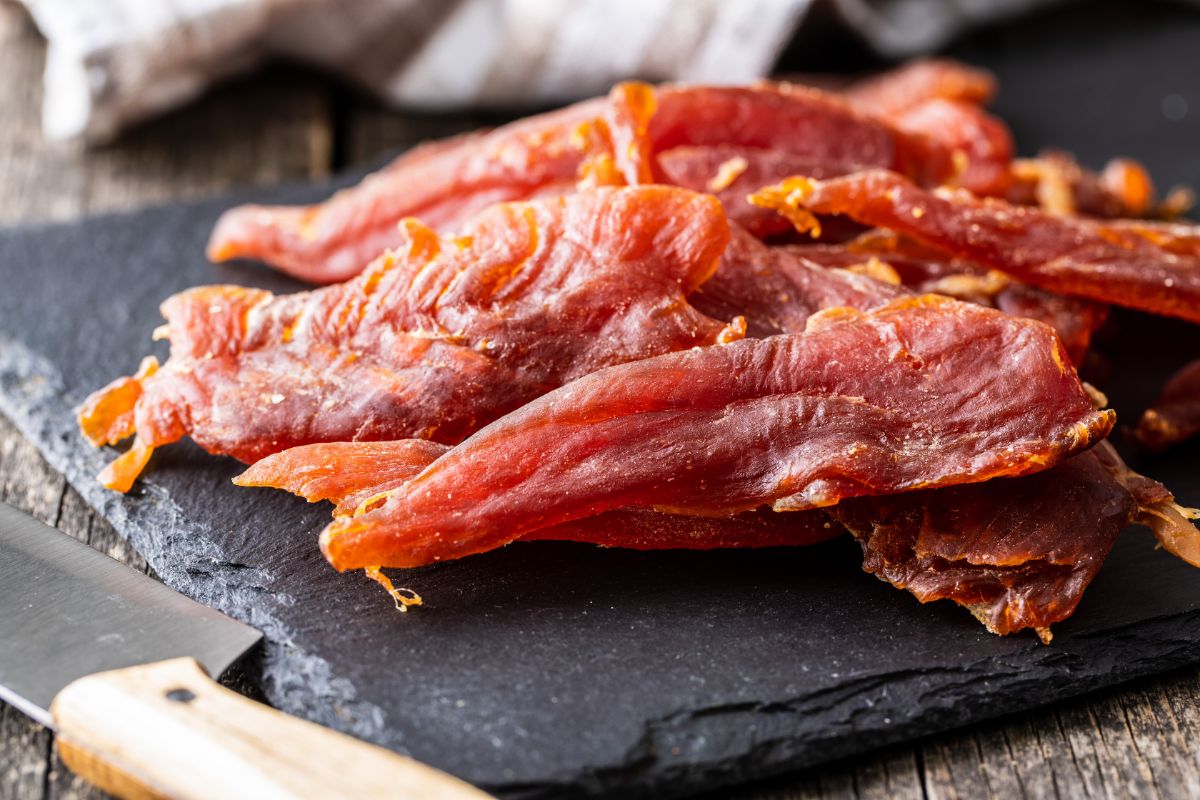

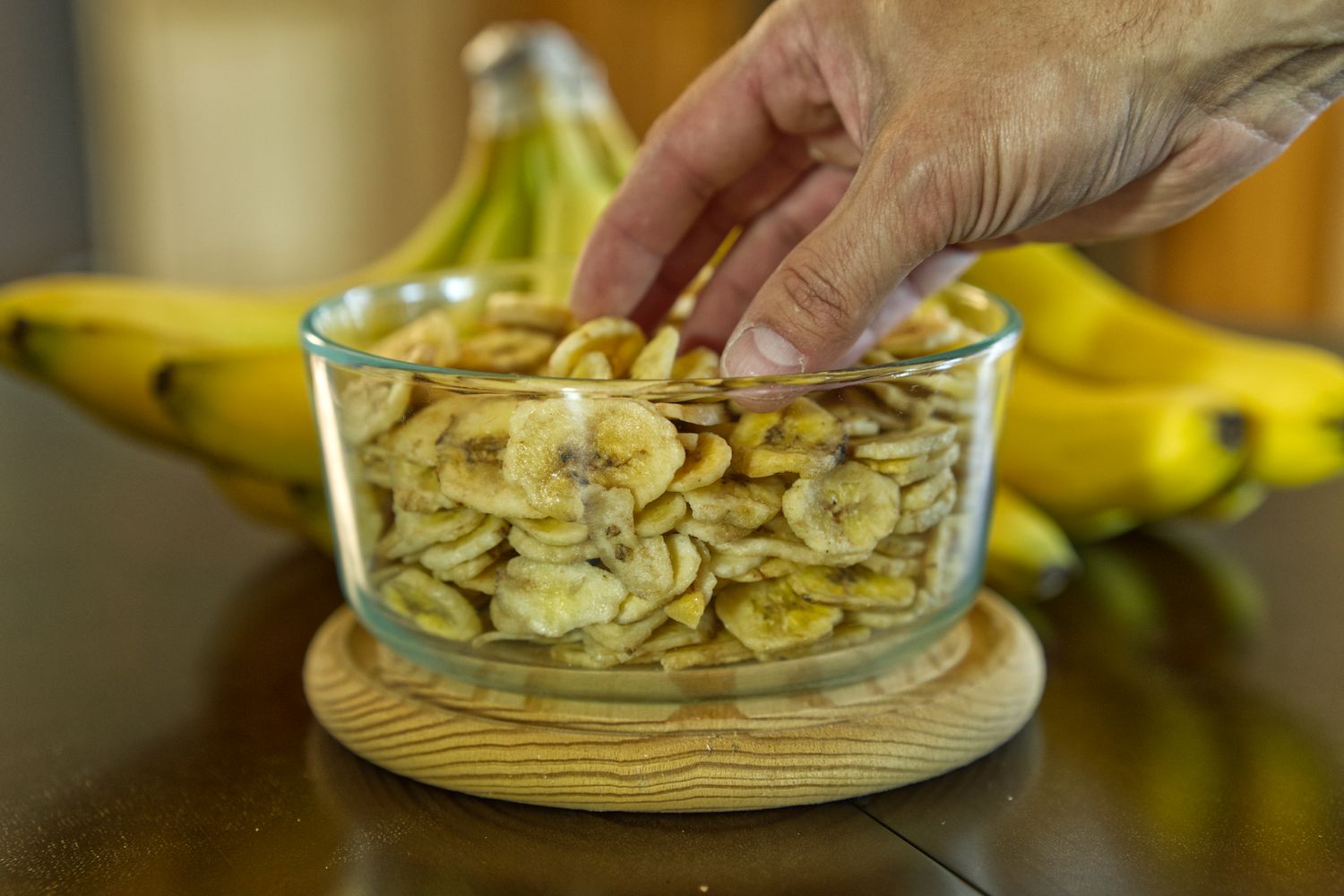
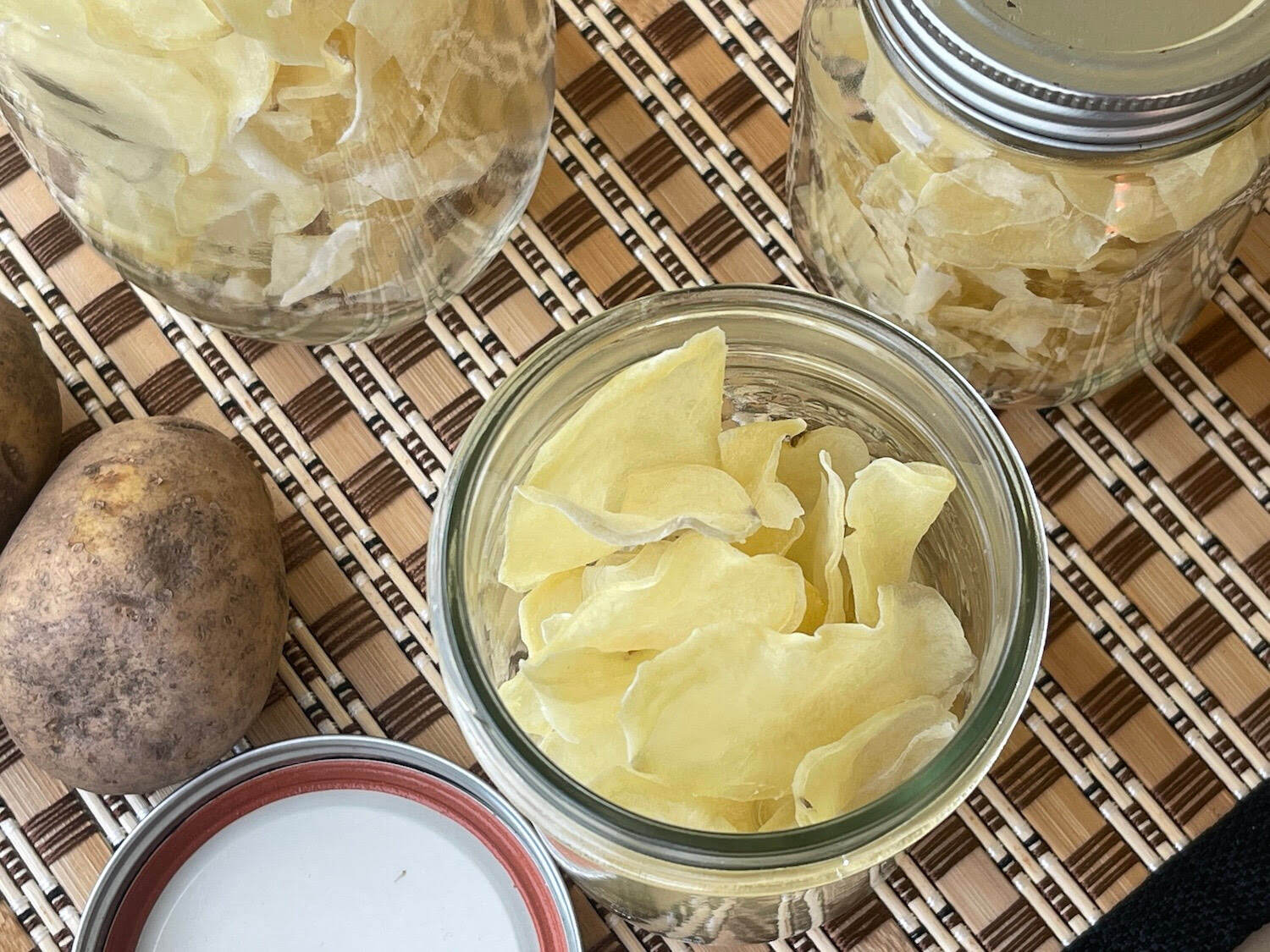

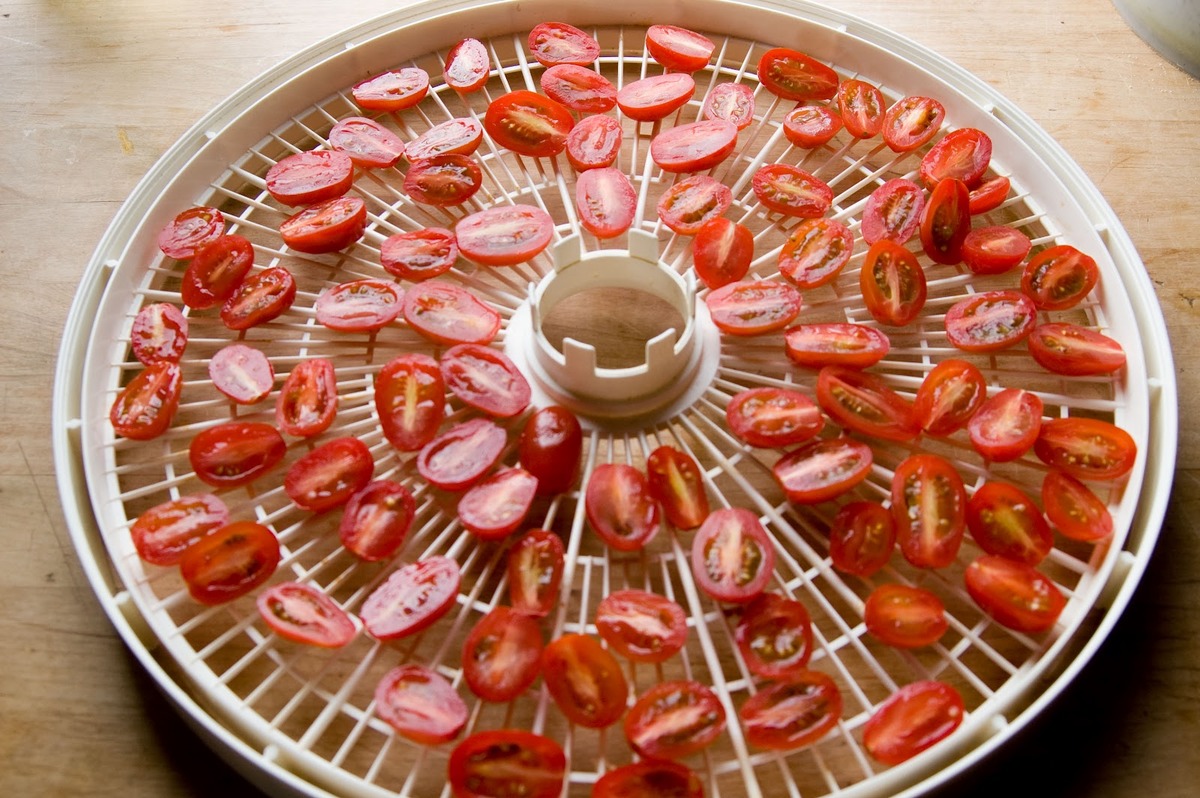
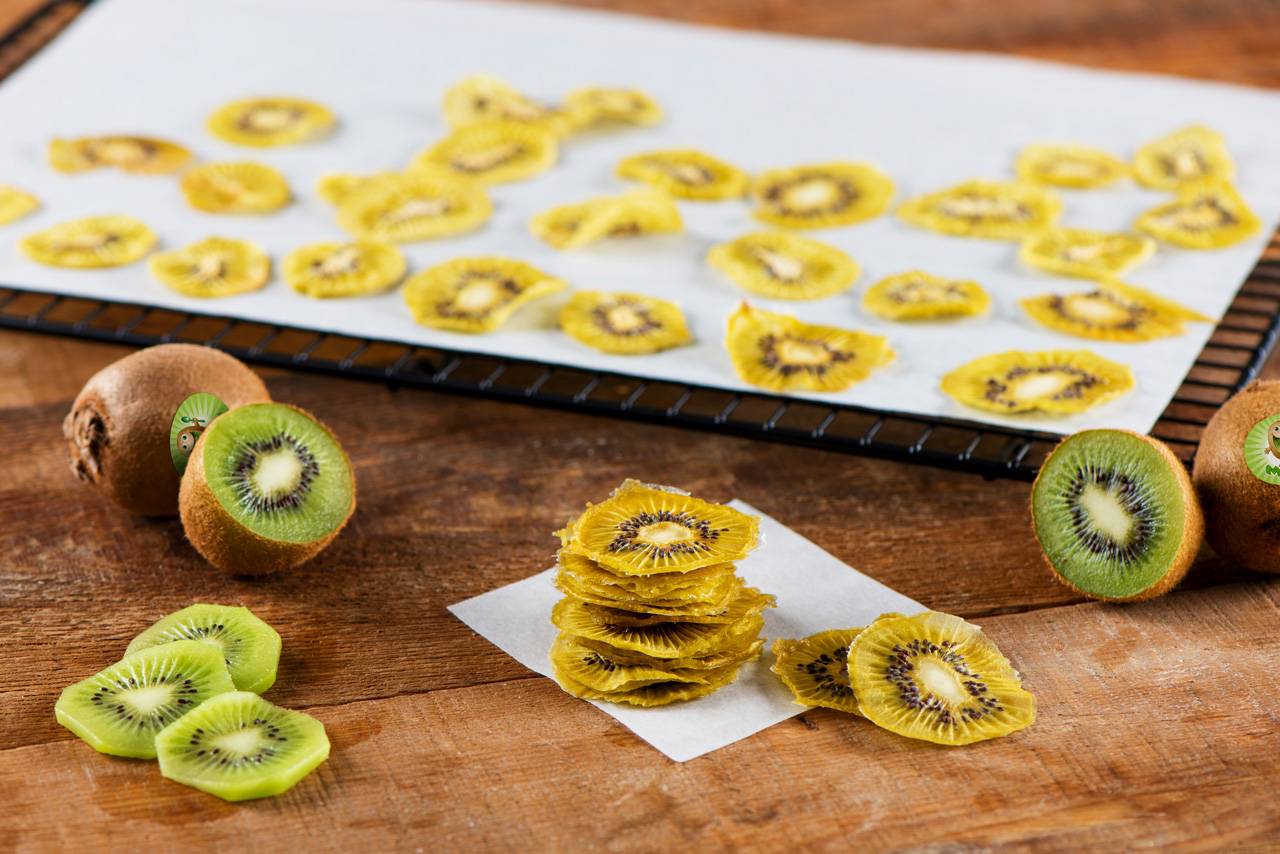
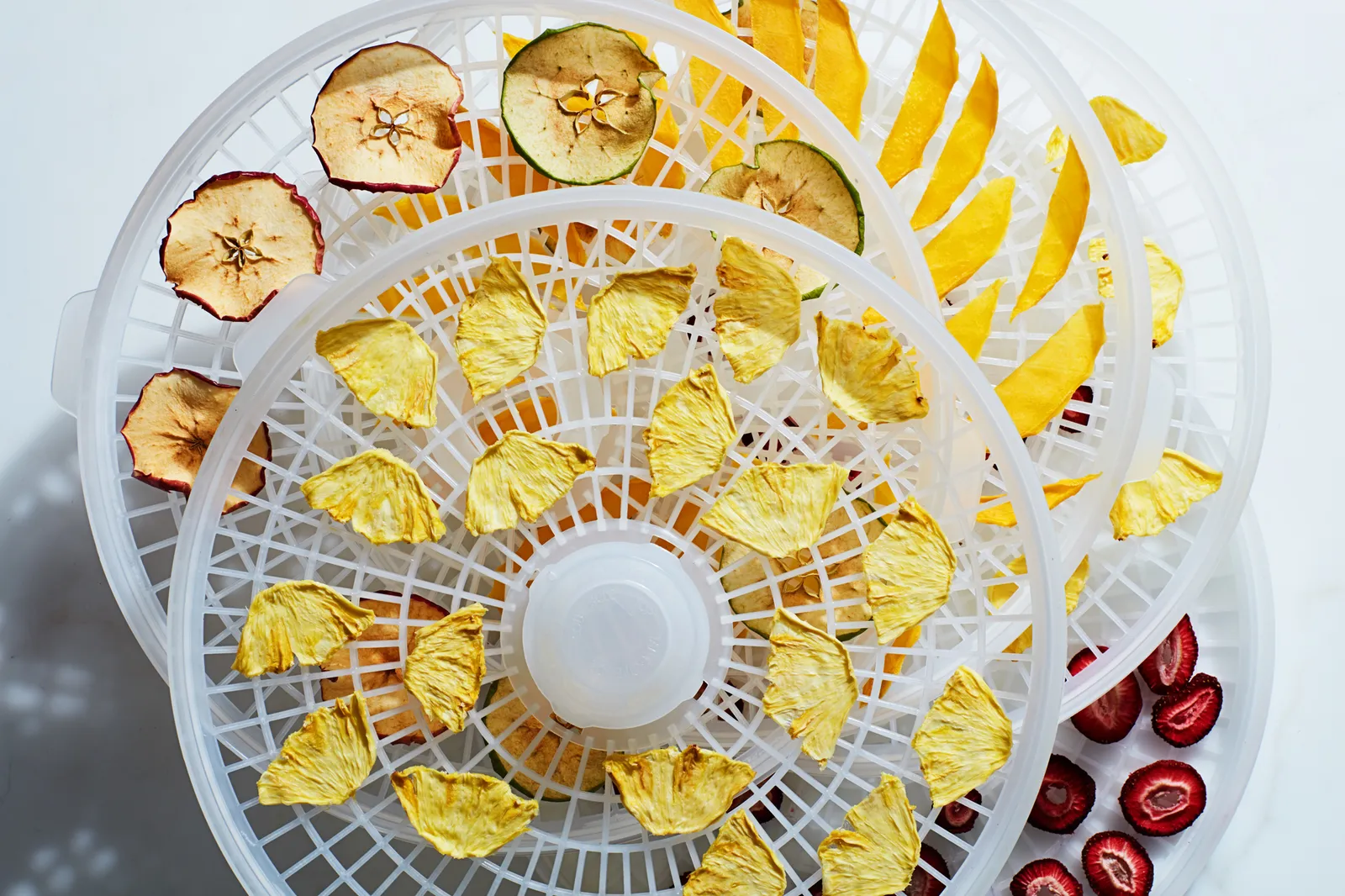

0 thoughts on “How To Use Excalibur Food Dehydrator”